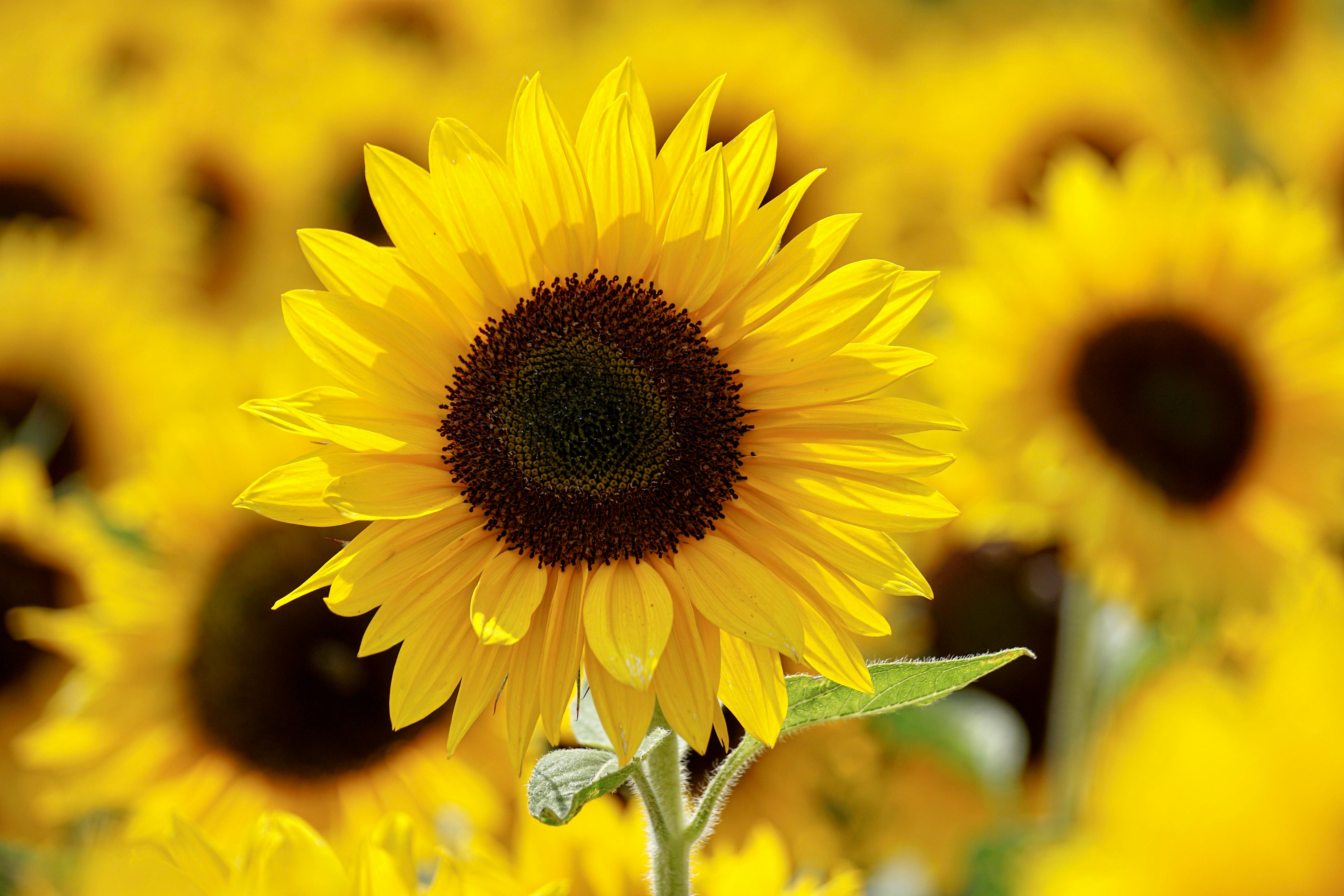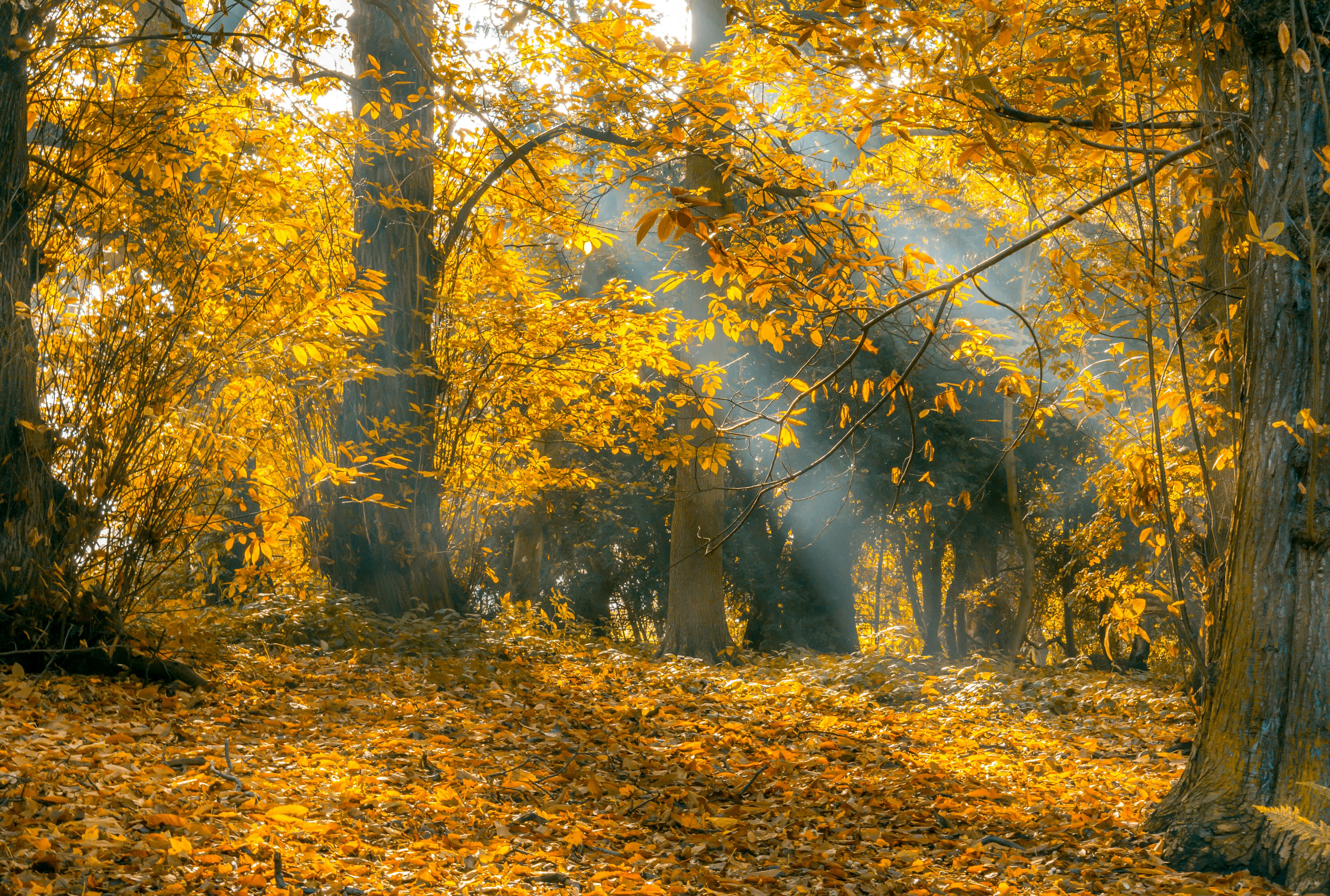Amending Soil Acidity for Yellow Blueberry Leaves
Soil acidity is one of the most important factors in blueberry production. Blueberries require a soil pH level between 4.0 and 5.0 to grow properly. If the pH levels are too high, it can cause yellowing of the leaves which can lead to poor plant growth and fruit production. To amend soil acidity, it is important to understand what type of amendments are available and how best to apply them.
One of the most common amendments used to lower soil acidity is sulfur-based products such as elemental sulfur or ammonium sulfate. These products work by releasing sulfuric acid into the soil, which lowers the pH level and makes the soil more acidic. The amount of sulfur-based products needed will vary depending on the type of soil you have and how acidic it is already.
Another amendment used to lower soil acidity is aluminum sulfate, which works similarly to sulfur-based products but releases aluminum instead of sulfuric acid into the soil. This helps to make the soil more acidic by binding with other minerals in the soil and preventing them from raising the pH level.
Organic amendments such as compost or manure can also be used to help lower soil acidity over time. Compost helps improve drainage in compacted soils, while manure adds organic matter which helps increase microbial activity in sandy soils. Both compost and manure help balance out the nutrients in soils, adding essential micro-nutrients that can help reduce pH levels over time.
Finally, it’s important to remember that amending soil acidity isn’t a one-time fix; it’s an ongoing process that needs regular care and maintenance in order for blueberries to thrive over time. Test your soil regularly with a pH test kit or send a sample off for testing at your local agricultural extension office so that you can keep track of your progress and adjust your amending methods accordingly.
Watering Practices for Yellow Blueberry Leaves
Blueberry leaves can turn yellow due to a number of environmental factors, such as too much sun, not enough water, or nutrient deficiencies. In order to prevent yellow blueberry leaves and promote healthy growth, proper watering practices are necessary. Watering should be done regularly and deeply to ensure that the entire root system is receiving adequate water. When watering blueberries, it is important to ensure that the soil stays moist but not soggy; if the soil becomes too wet it can lead to root rot and other diseases. Additionally, avoid overhead watering which can cause fungal diseases to spread quickly throughout the plants. Instead, focus on providing a steady stream of water directly at the base of each plant. Adding a layer of mulch around the plants can also help conserve moisture in the soil and keep weeds away. Finally, make sure to check your blueberry plants regularly for signs of wilting or discoloration so you can adjust your watering practices as needed.
By following these simple steps and keeping an eye on your blueberry plants, you can ensure that they stay healthy and full of vibrant green leaves all season long!
Pruning for Healthy Blueberry Bushes
Pruning is an important part of maintaining healthy blueberry bushes. Pruning helps to encourage new growth and remove any dead or diseased branches. Proper pruning will also help to promote the development of more flowers and fruits. It is best to prune your blueberry bushes in late winter or early spring before new growth begins.
When pruning, it is important to remove any dead, diseased, or damaged branches first. These branches can be identified by their discolored leaves, bark, or lack of buds. Once these branches have been removed, it is time to shape the bush. This can be done by removing any crossing branches and thinning out the center of the bush so that light and air can reach the inner parts of the bush.
It is also important to remove any vertical shoots that are growing straight up from the center of the bush as these will not bear fruit and can take away energy from other parts of the bush that could be used for growth and flowering. Pruning should be done carefully in order to maintain a natural shape for your blueberry bush while encouraging new growth and fruit production.
Finally, it is important to remember that pruning should only be done when absolutely necessary as too much pruning can weaken your blueberry bushes and reduce their productivity. Prune your bushes sparingly but regularly in order to keep them healthy and productive for many years!

Testing Soil Nutrients for Blueberry Bushes
Testing the soil in your garden is essential to ensure that your blueberry bushes receive the right nutrients. The most important soil properties to test for blueberry plants are the pH level and nutrient availability. Blueberries prefer a slightly acidic soil with a pH between 4.5 and 5.2. If the pH level is too high, it can be amended with sulfur or elemental sulfur to bring it down to an acceptable range. Additionally, the soil should have adequate levels of nitrogen, phosphorus, potassium, calcium and magnesium. A general-purpose fertilizer can provide these nutrients and help your blueberry bushes thrive. If you plan on using compost or manure as a fertilizer, be sure to get it tested first for nutrient levels and salinity.
When testing your soil for pH levels as well as fertilizer requirements, you will need to take several samples from different areas in the garden or field where you plan on planting your blueberry bushes. This will ensure that you get an accurate reading of the overall soil conditions throughout the area. Be sure to take samples from both the top layer of soil as well as deeper down into the subsoil in order to get an accurate reading of overall fertility.
Once you have obtained all of your soil samples and taken them to a local laboratory for testing, it will be important to follow their recommendations closely when fertilizing or amending your soil in order to provide optimal conditions for growing healthy blueberry bushes. Depending on where you live, there may be additional recommendations for fertilizing that are specific to your region which should be taken into consideration when preparing your garden beds for planting.
With proper testing and regular maintenance of nutrient levels in your soil, you can ensure that your blueberry bushes receive all of the necessary nutrients they need in order to produce delicious fruit year after year!
Mulching for Healthy Blueberry Bushes
Mulching blueberry bushes is an important part of maintaining and caring for them. Mulch is any material that is applied to the soil to help retain moisture, reduce weeds, and keep the soil cool. It can be made from wood chips, straw, newspaper, or other organic materials. Mulching will help keep your blueberry bushes healthy by providing nutrients to the soil, controlling weeds, and protecting the roots from extreme temperatures.
When mulching blueberry bushes, it’s best to use organic materials such as aged wood chips or straw because they break down over time and provide nutrients to the soil. Spread a 2-3 inch layer of mulch around the base of each bush. Avoid piling up mulch on the trunk of the bush as this can cause rot or disease. Be sure to keep mulch away from stem cankers or other signs of disease as well.
Regularly check your blueberry bushes for signs of overwatering or underwatering which can lead to root rot or other diseases if left unchecked. A good way to help monitor water levels in your soil is by regularly checking your mulch layer for dryness as dryer mulch means that you need to water more often. Additionally, adding compost or manure every year will help replenish nutrients in the soil and keep your blueberry bushes healthy and thriving.
Mulching is a great way to keep your blueberry bushes healthy and happy throughout their growing season. Not only does it provide nutrients and control weeds, but it also helps protect roots from extreme temperatures while monitoring water levels in the soil. Regularly checking for signs of overwatering or underwatering and adding compost will ensure that your blueberry bushes get all the nourishment they need throughout their growing season!
Weed Control Around Blueberry Bushes
Weeds can be a major problem when it comes to growing blueberry bushes. Not only do they compete for valuable resources like water and nutrients, but they can also harbor diseases and pests that could affect the health of the plant. Fortunately, there are several methods of controlling weeds around blueberry bushes.
The most effective way to control weeds is to use mulch. Mulches like straw, wood chips, or newspaper can be used to prevent weed seeds from germinating by blocking sunlight and smothering existing weeds. Mulching also helps conserve moisture in the soil and improve soil quality over time.
For more stubborn weeds, hand weeding may be necessary if you don’t want to use herbicides. Hand weeding is more labor-intensive but can be especially effective for removing larger weeds that have already sprouted up near the base of the bush. To prevent further spread of weeds, it’s important to remove any roots as well as the tops of the plants when weeding by hand.
Herbicides may also be an option for controlling weeds around blueberry bushes, though these should be used with caution since some herbicides can damage or even kill blueberry plants if they are applied incorrectly or at too high a concentration. Herbicides should always be applied following label instructions and should not come into contact with foliage or fruit on the bush itself.
In addition to these methods, regular mowing around your blueberry bushes can help keep weed populations down by removing flowering heads before they have a chance to set seed and spread further out into your garden beds. Mowing before new growth appears on the bushes in spring is especially important in keeping weed populations down throughout the season.
Overall, a combination of mulching, hand weeding, herbicide application (if necessary), and regular mowing should help you keep weed populations under control around your blueberry bushes so that you can enjoy healthy harvests all season long!

Conclusion
It is important to remember that the condition of yellow blueberry leaves can be caused by a variety of factors. Proper diagnosis and the implementation of the appropriate course of action is essential for addressing this issue. The best way to fix yellow blueberry leaves is to identify the underlying problem and address it with the proper solution. This may include providing adequate irrigation, amending soil pH, applying fertilizer, preventing fungal infections, or pruning out affected branches and leaves. With these steps, you can help your blueberry plants overcome any issues related to yellowing leaves and ensure they remain healthy and productive for years to come.
Ultimately, taking care of your blueberry plants is an ongoing process that requires regular monitoring and maintenance. If you pay attention to your plants and take action as soon as you notice any signs of distress, you can help ensure that your blueberries remain healthy and productive for many years to come.



